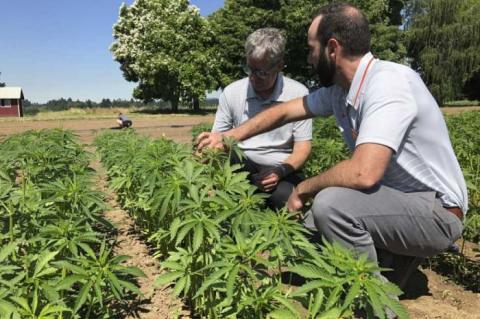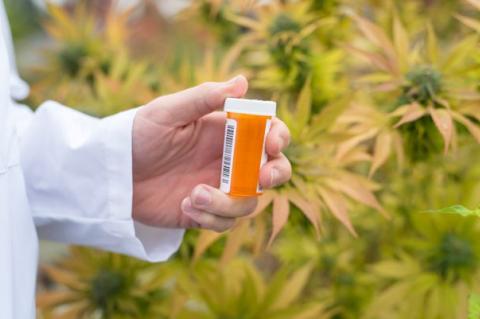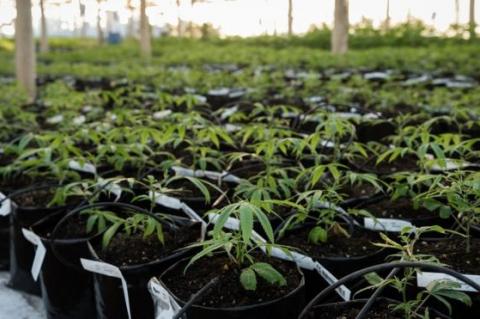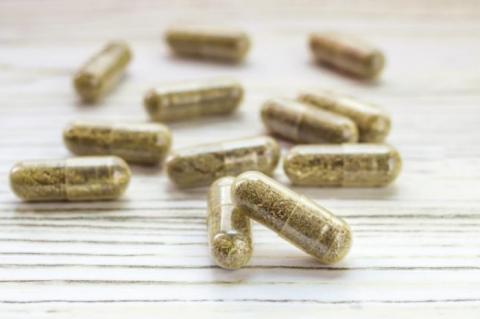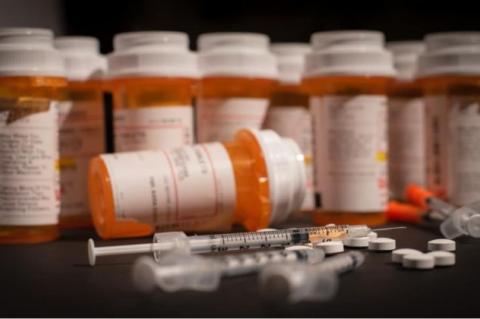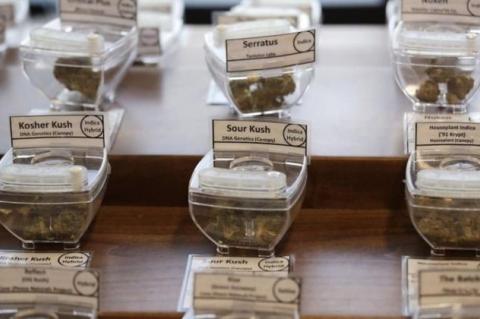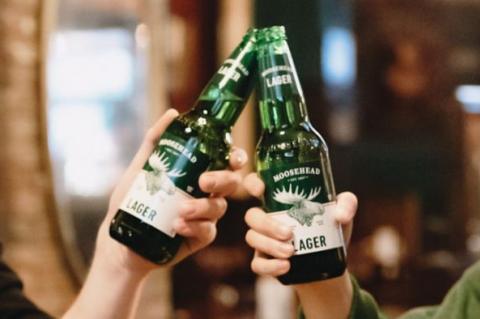California's Cannabis Compassion is re-legalized
Free cannabis came before legal cannabis. Gifting joints or edibles to sick people who, being sick, couldn’t afford to buy — and couldn’t find relief anyway else besides someone else’s compassion — was central to the ethos of the early marijuana legalization pioneers.
And free weed for some was a boss three-dimensional chess move: busting a career waitress in her 60s known for handing out weed brownies to dying AIDS patients was, for the prohibitionist establishment and for law enforcement, almost as bad a look as busting a pot dealer with a lover dying of the same disease.
This is how medical marijuana became a thing, and providing space for sick and disabled people to come and smoke weed — weed quite often given to them, poor people on fixed incomes — is how retail cannabis stores began. And so one “funny” thing about legal, recreational commercial cannabis was that it made free cannabis illegal, or at least cost-prohibitive.
Charging tax on medicine given away for free was one reason why Dennis Peron, the aforementioned healer-dealer, opposed 2016’s Adult Use of Marijuana Act 20 years after being central to the passage of the country’s first medical-marijuana law, 1996’s Compassionate Use Act. Once legalization kicked in, giving free cannabis to the indigent and ill — a practice known as “compassion” — without paying tax on the “sale” became an outlawed act (although compassion was already on its way out in an increasingly commercial medical-marijuana industry).
Almost three years after voters approved legalization, lawmakers have re-legalized compassion. Earlier this week, among other cannabis-friendly bills passed by the state Legislature, California Gov. Gavin Newsom signed into law the Dennis Peron and Brownie Mary Act (the latter is the aforementioned brownie-provider). Sponsored by state Sen. Scott Wiener (D-San Francisco), the bill allows cannabis providers to gift certain products away to certain people without paying California cultivation and excise taxes, which can exceed 25%.
The California cannabis industry has been clamoring for tax relief since before the first legal gram was sold. High tax burdens are seen by many as the chief driver behind high prices at legal dispensaries — where $20 grams and $75 or $80 eighths are not uncommon — and why California’s underground cannabis economy is still estimated at four times (or more) the size of its legal weed marketplace.
But the Dennis Peron and Brownie Mary Act is more a throwback to those bygone outlaw days. Various cannabis compassion programs, including the Sweetleaf Collective, which still doles out cannabis to AIDS and HIV sufferers in San Francisco, and Operation EVAC, which provides the same to military veterans with PTSD and other afflictions, are now re-legalized. And, the hope goes, there’s now encouragement for more, similar programs.
“For decades, compassion programs have played a critical role in helping low income people with serious medical conditions access their medicine,” Wiener said, according to High Times. “Access to medical cannabis has allowed so many people living with HIV, cancer, PTSD, and other health conditions to survive and thrive. Taxing programs that give away free medical cannabis, and thus have no revenue, makes no sense and has caused far too many of these programs to close. SB 34 will allow compassionate care programs to survive and serve those in need. Many people will be healthier as a result of today’s action by the Governor.”


